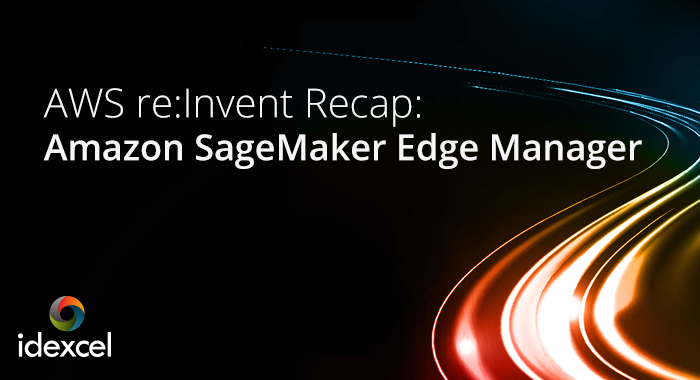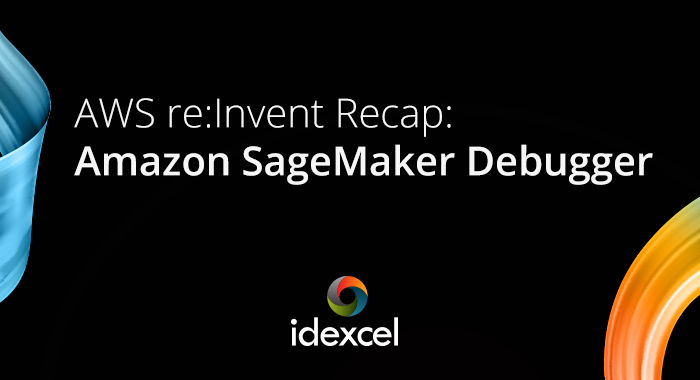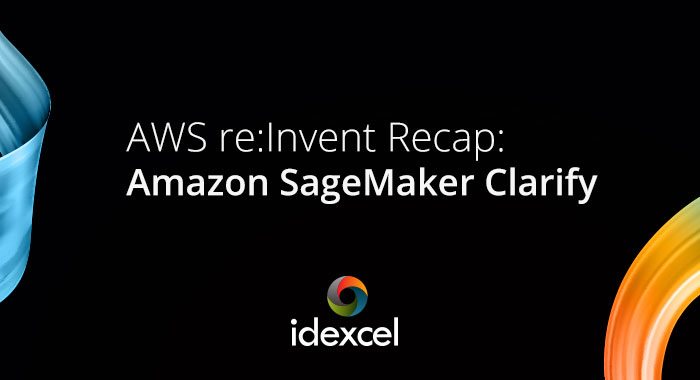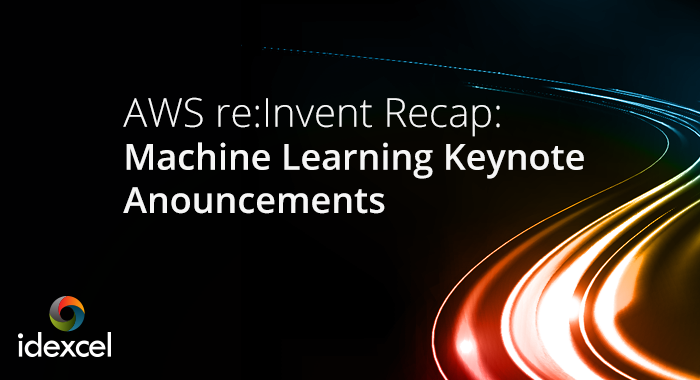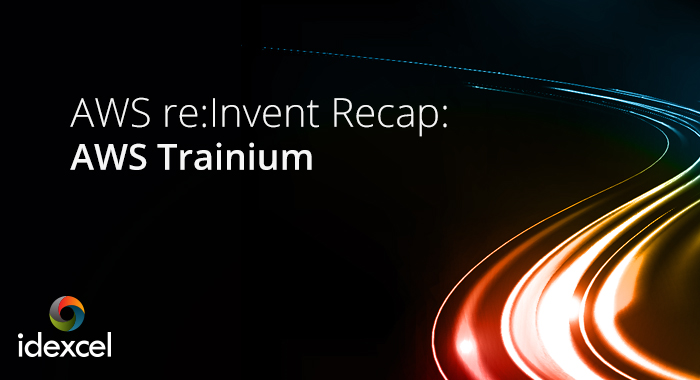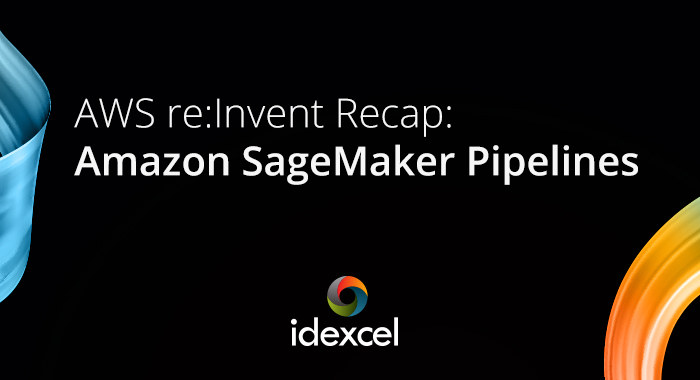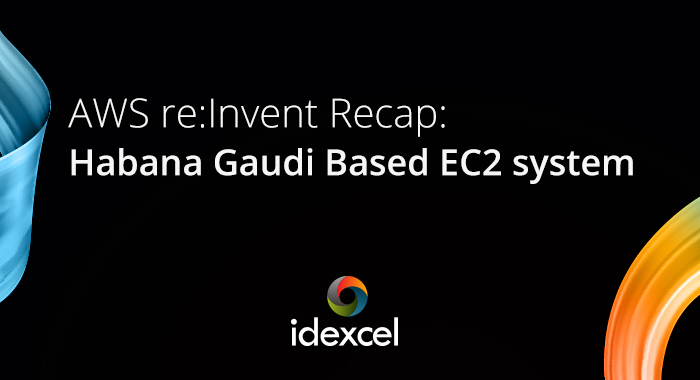
Here are the key discussion topics from the AWS re:Invent 2020 Infrastructure Keynote from Peter DeSantis – Senior VP of Global Infrastructure and Customer Support, with a focus on efforts to improve resiliency, availability, and sustainability for its customers:
- AWS Nitro System: Enables faster innovation and enhanced security. Nitro version hypervisor chips is the most recent generation of instances built on the AWS Nitro System is the C6gn EC2 instances
- AWS Inferentia: AWS Inferentia is Amazon’s first machine learning chip designed to accelerate deep learning workloads and provide high-performance inference in the cloud.
- AWS Graviton2: Graviton 2 processors are the most power-efficient processors AWS provides, achieving 2-3.5 times better performance per watt than any other processor in AWS’s portfolio and is suitable for a variety of workloads.
- AWS Commitment to Renewable Energy: A customer moving from an enterprise data center to an AWS data center can reduce their carbon footprint. UPS and data center power and the changes there save 35% lost energy in power conversion and 6,500 megawatts of renewable energy utilized across the world.
- New Infrastructure Design: AWS is implementing a new infrastructure design that replaces single, large UPSs from their infrastructure with custom-built power supplies and small battery packs and power supplies, placing them directly into every data center. These micro UPSs are intended to reduce complexity and maintenance and improve availability.
- Regions and Availability Zones: AWS continues to invest in more regions and Availability Zones (AZs) around the globe. Italy and South Africa launched earlier in 2020, and Indonesia, Japan, Spain, India, Switzerland, and Melbourne are in the works. Explore AWS’ interactive global infrastructure site here.
If you’re looking to explore these services further and need some guidance, let us know and we’ll connect you to an Idexcel expert!
